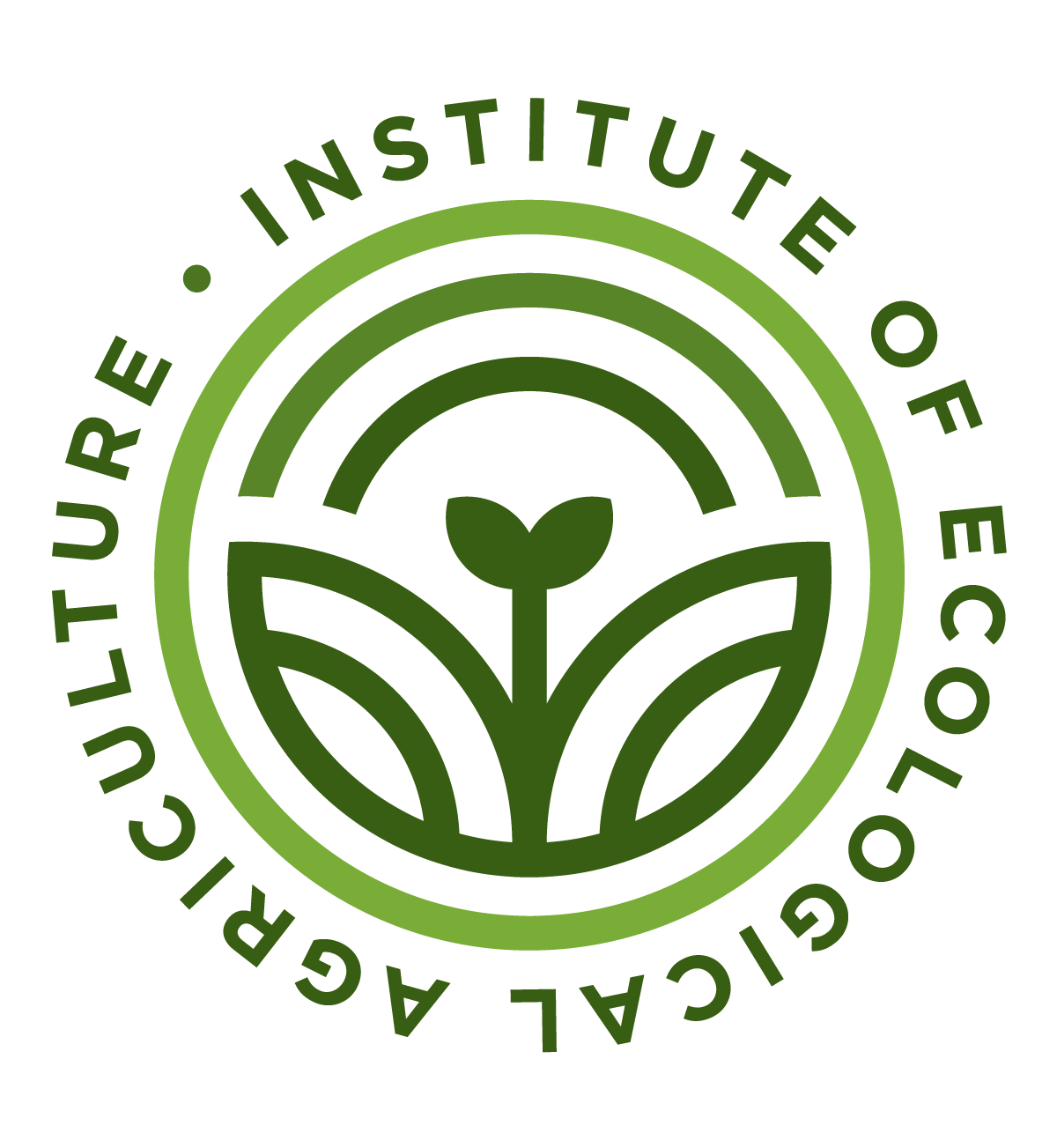ECOLOGICAL CONCEPTS
Ecological Thinking
At the heart of agriculture are communities and the people that make up those communities. Our values, ethics and beliefs strongly influence how we see the world, see agriculture and how we farm. Unless we start to think more ecologically then it will be hard to build new farming and food systems based on a regenerative approach. A key objective of the AIEA is to help people build skills in ecological thinking so we can solve the problems of agriculture and forestry with sustainable long term solutions.
ECOLOGICAL FARMING
There are many different types of farming systems in the world. The dominant one in Australia is based on the industrial approach that combines knowledge from science with industrial management principles. Modern agriculture has had many benefits to our society but also many negatives. Loss of biodiversity and degradation of land, water and soils has often been a consequence. The AIEA believes that taking a more ecological approach to modern agriculture can help achieve a sustainable balance.
ECOLOGICAL FORESTRY
Many millions of hectares of rural land in Australia contains remnant forests in various stages of degradation with little value to landowners and wildlife alike. Regenerative Forestry approaches, with little upfront investment and operational costs, can turn this situation around. Regenerative forestry uses the power of life and applied ecology to regenerate degraded forests, restore depleted soils, combat desertification, retain water, build biodiversity, cool & moisturise local climates and sequester Greenhouse Gases into plants and soil. Instead of expensive toxins and planting it works with principles from forestry, ecology and wildlife/biodiversity management.
ECOLOGICAL GRAZING
Grazing eco-innovators are using short duration, high intensity stocking followed by long periods of rest to regenerate grasslands whilst generating a profit from their grazing animals. This grazing strategy encourages the return of productive, palatable and nutritious perennial grass species which over time create many ecological and economic benefits.
Once the grassland has been regenerated, land managers can add enterprises to their existing grazing enterprise, such as grass seed harvest, paddock eggs, paddock pigs, pasture or no-kill cropping and tree crops. These enterprises can use the grassland as their productive base because it provides improved soil stability, water infiltration and nutrient cycling.
This approach can change animal productions from being a net emitters to being net absorber of greenhouse gases. It can reduce or remove the need to use herbicides and insecticides, and can be done with little or no fertiliser application.
